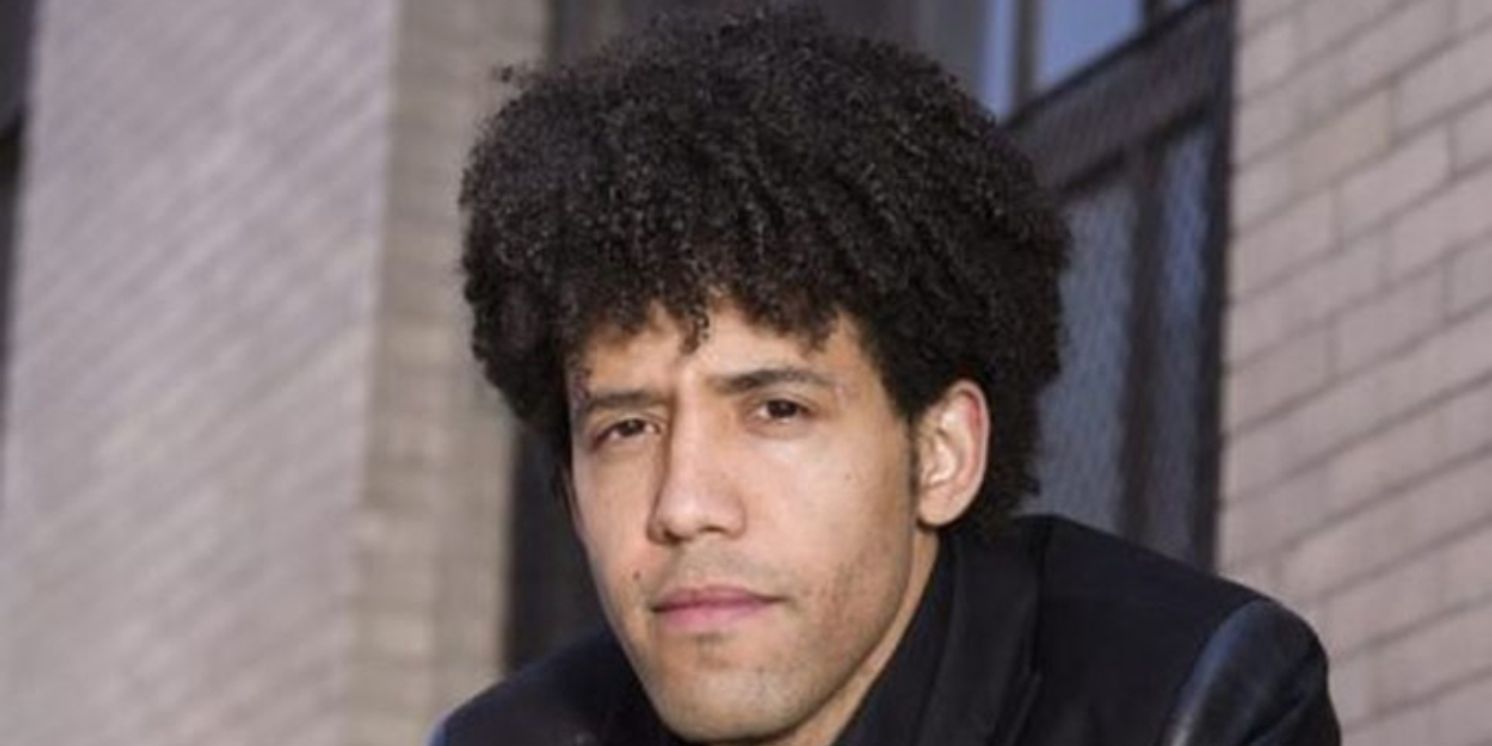Review: The San Diego Symphony Plays Tchaikovsky at The Rady Shell
An Exciting All-Russian Program

Few composers reach the depth of emotions found in Tchaikovsky, and few conductors seem to react more passionately to musically expressed emotion than the San Diego Symphony's Rafael Payare. What better combination could there be for an outdoor waterfront concert at the Rady Shell.
The program, originally scheduled as all-Tchaikovsky, included one substitution, Rimsky-Korsakov's Russian Easter Overture. From Tchaikovsky we heard Eugene Onegin's "Waltz" and "Polonaise," The Tempest Fantasy Overture, and Francesca da Rimini. Actors Jesse Perez and Shana Wride set the stage for the Tchaikovsky works by reading from excerpts of the classic literature that inspired each. Perez poured it on at a feverish pitch, Wride readings were more measured.
Tchaikovsky wrote 11 operas, Eugene Onegin by far the best known. The euphoric "Waltz" and regal, stirring "Polonaise" are delightful orchestral excerpts from the opera, and the combination set the mood for an enjoyable program. Payare lives the music he conducts,

swaying widely with the waltz and rising on his toes while urging brass to greater heights in the polonaise. His reactions are contagious, invigorating the orchestra and encouraging the audience to live the music with him. The Shell's large video screen closeups reinforced the impression of a conductor fully absorbed and committed to the music with an orchestra responding to every gesture.
The Tempest Fantasy Overture had me convinced San Diego's long drought was over and I should have brought raingear. A quick glance at the sky proved I'd been misled by swirling violins, ominous timpani and flashes of lightening in the brass. The work roughly follows the plot of Shakespeare's play, but in an episodic fashion which doesn't work quite as well as the composer's earlier and better-known Romeo and Juliet Fantasy Overture. Nor are its themes as immediately appealing. Even so, Payare dug in with passionate sincerity, tender in its love theme and titanic in its evocation of a storm, the sound nearing rock-concert levels to the delight of the audience.
Francesca da Rimini was written just three years after The Tempest and is based on a character from Dante's Inferno. The two fantasies are similar in form, length and orchestration. Both have effective love themes, an orchestral storm and musical descriptions of key characters. For me, the later work is less effective-modulations too predictable, and phrases repeated in a way that sometimes seems a precursor of minimalism. As with The Tempest, Payare was all-in and again brought stunning orchestral crescendos, the audience reacting with spontaneous well-deserved cheers and applause.
All-Tchaikovsky outdoor concerts are annual sellout traditions in San Diego and many other cities, especially when they include fireworks above the booming cannons of the 1812 Overture. This concert was to have been another such, but, as explained in program notes, Tchaikovsky's 1812 "was written to celebrate a Russian military victory and includes the sounds of battle and violent artillery." In sympathy with the Ukrainian victims of Russia's recent invasion, the overture was deemed inappropriate. Hence the Russian Easter Overture, a suitably crowd-pleasing alternative, even if lacking cannons.
The score is prefaced by two Bible quotations, but Rimsky-Korsakov wasn't religious and said he wanted to depict, "the legendary and heathen side of the holiday, the transition from the gloomy and mysterious evening of Passion Saturday to the unbridled pagan-religious merrymaking on Easter Sunday morning."
"Unbridled" suited Payare and his enthusiastic band just fine as they ended the concert there were visions of pagans dancing with an evil demon or two in the crowd.
The evening had a couple of minor execution flaws, but Payare's demanding tempos and dynamic changes were generally handled with ease by each section, and soloists were flawless.
On a less happy note, though I continue to rave about the quality of the Rady Shell's sound system, something was noticeably off. A weird unidentifiable swooshing sound accompanied many louder string passages and, more generally, sound quality seemed less like that of a good concert hall than earlier in the season.
The San Diego Symphony website has time and ticket information for the concerts remaining this year and a schedule of what's coming in the next.
(Photos compliments of San Diego Symphony)
Reader Reviews
Videos

